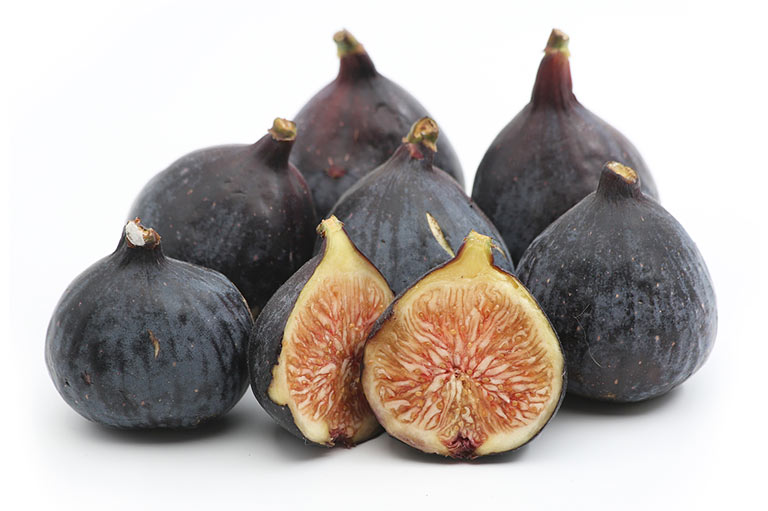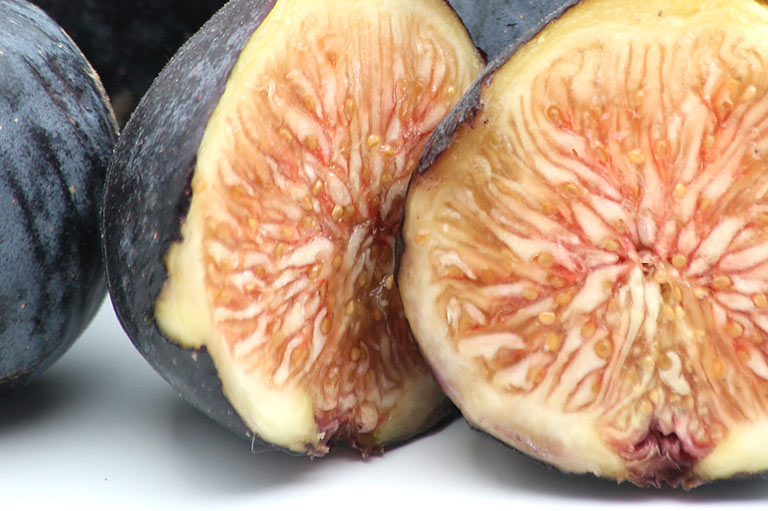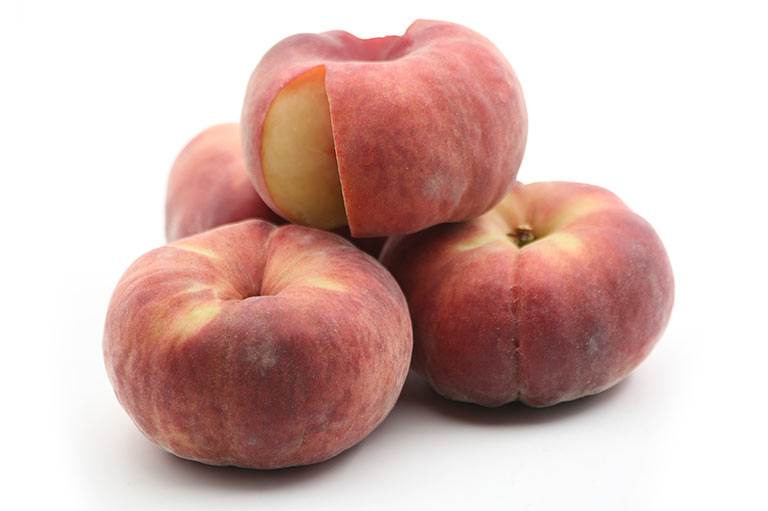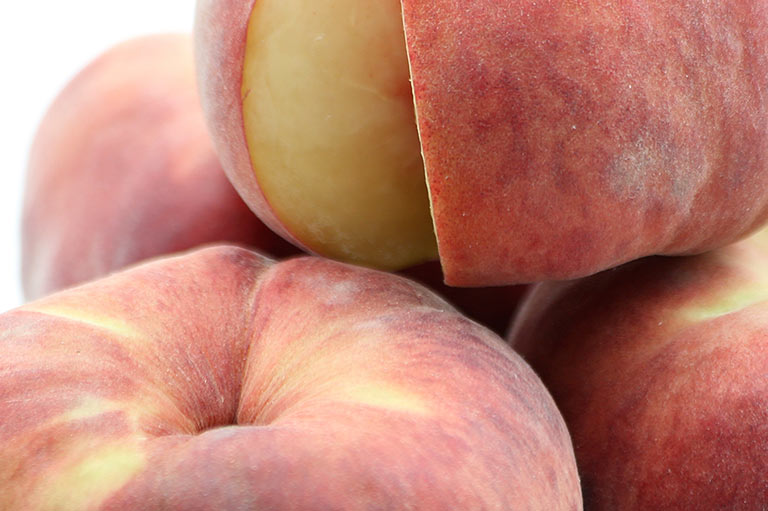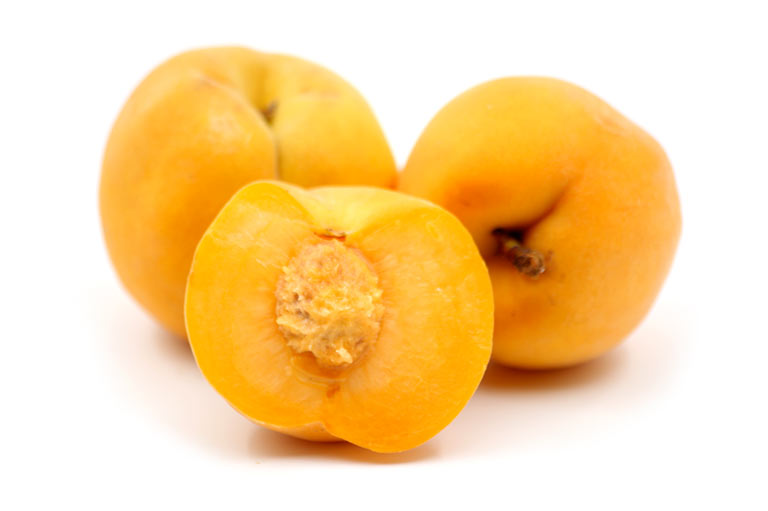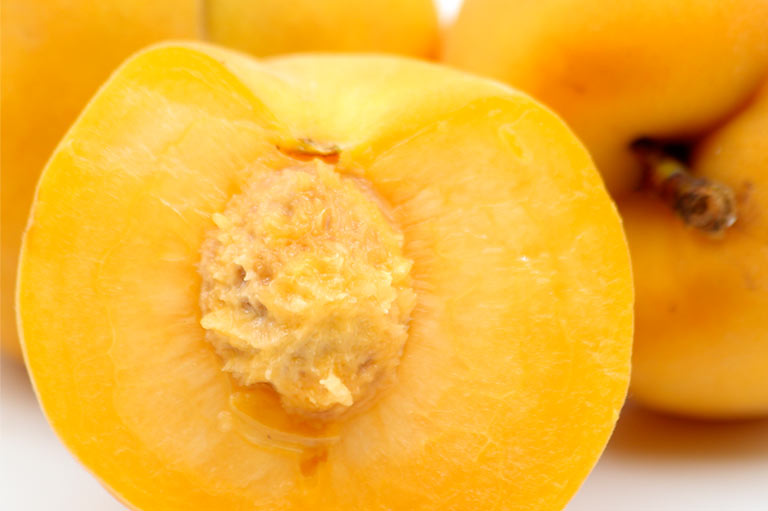August
August is a quiet time in the fields; it’s the height of summer and the moment where we reap the reward for all our hard work in spring… and stay out of the sun when possible.
Our careful preparation comes good (or sometimes not – the weather dances to its own tune!), and there is only weeding, watering, harvesting and bringing the crops home to be done.
Figs
Available May – June & August – September
Native to the Mediterranean region, western and southern Asia, the common fig has been grown since ancient times; it is considered one of the first plants to have been cultivated by humans. Fig trees were common in ancient Greece, a popular food source for the Romans, and in the 18th century Spanish missionaries carried the first figs to the Americas – making it a truly global fruit! The fig tree has also been historically important in Andalusian agriculture, as it is able to withstand dry soil, grow in rocky locations, and can handle very hot temperatures.
As well as being a prized ingredient in simple household cooking and haute cuisine alike, figs possess valuable nutritional properties. They are a source of natural sugar, can help with care of the intestine thanks to their high water and fibre content, and can assist in regulating blood pressure. They are also a source of prebiotics, which help improve digestion and overall gut health.
Whether eaten fresh or dried, figs are full of minerals like potassium, calcium, magnesium and copper, and an excellent source of iron; important for all of us, but especially growing women. They are a perfect snack (prepare a nutritious energy bar from figs and nuts), and fit a range of dishes due to their unique sweetness and texture. Mix them with oats and cinnamon for breakfast, eat them fresh with nuts and cheese, or add them chopped into a salad.
Paraguayo Peach
Available May – August
The paraguayo – also known as a “flat peach” – is a delicious fruit with pale yellow flesh and less of a fuzzy outer skin than the common peach. It is generally sweeter, more subtle-tasting and flavourful than other varieties, but still carries that recognisable peachy tang.
Paraguayos can be considered a sister to the nectarine, since both arise from a mutation of the common peach; where the nectarine lacks a downy outer skin, the paraguayo is differentiated by its smaller size and flattened shape. Despite being called “paraguayo“, the variety has no connection to South America and probably originated in China (as did the nectarine). They first became known in Western countries in the 19th century, but peach varieties bearing the same distinctive characteristics as the paraguayo are mentioned much earlier, in Chinese and Arab literature.
High in antioxidants (eating the outer skin is also very beneficial), the paraguayo offers similar nutritional benefits to the common peach; it is rich in water, provides fibre, vitamins A and C, minerals, and is free from fat or cholesterol. It’s a delight to eat in season, a juicy and refreshing snack in the summer months, and can be included in recipes like smoothies, fruit salads or preserves.
Yellow Peach
Available May – August
This peach is characterised by its yellow, downy skin and tangy, juicy flesh. As with other varieties of peach, it originated in Eastern China – the Latin Prunus Persica reflects its later cultivation in the area around currently-day Iran and Afghanistan – and from there it migrated towards Europe, reaching Greece around 300 BC. In Spain, archaeological evidence of yellow peaches have been found in Murcia, in sites dating from the 3rd century AD.
Yellow peaches have the right balance of sugar and acidity to create a well-rounded and quite intense flavour. Rich in vitamins and minerals such as potassium, iron, calcium, phosphorus and sulphur, they are good for boosting the immune system, lowering cholesterol levels, maintaining eyesight and improving the condition of hair, nails, teeth and bones. Peaches also contain antioxidants, including vitamin C, polyphenols and carotenoids, protecting against cell damage; a large proportion of those antioxidants are found in the soft fuzzy skin, so make sure to eat that too… and eat it fresh!
Peaches are surprisingly versatile in the kitchen. They can be grilled, sautéed or baked, used to complement meats like pork or chicken, sliced raw into salads or breakfasts, and work as a tangy ingredient in desserts.
